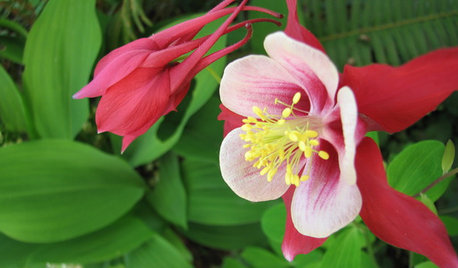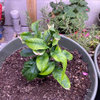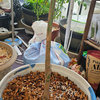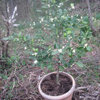Clementine Seedling
dutchgirl_z7
16 years ago
Related Stories

GARDENING FOR BUTTERFLIESGreat Design Plant: Columbine Grows Happily in Shade and Sun
Its ethereal beauty comes from complex forms and wide-ranging colors, but columbine’s benefits are highly attractive too
Full Story









birdsnblooms
don_in_ct
Related Professionals
Beavercreek Landscape Architects & Landscape Designers · Vernon Hills Landscape Architects & Landscape Designers · Willowick Landscape Architects & Landscape Designers · Mount Wilson Landscape Architects & Landscape Designers · Hartford Landscape Contractors · Concord Landscape Contractors · Cupertino Landscape Contractors · Dedham Landscape Contractors · El Reno Landscape Contractors · Mahwah Landscape Contractors · Mashpee Landscape Contractors · Rio Linda Landscape Contractors · Ronkonkoma Landscape Contractors · Santa Maria Landscape Contractors · North Aurora Landscape Contractorsdutchgirl_z7Original Author
gonebananas_gw
kkk_gmail_com